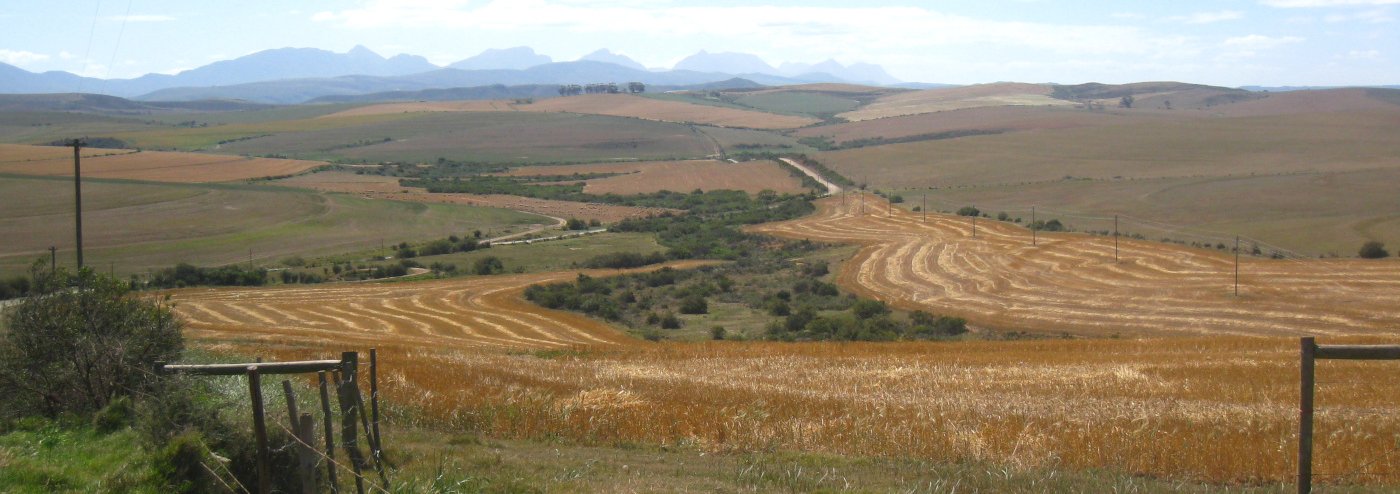
Optimizing global land use - benefits and trade-offs
Doubling food production, saving water and increasing carbon storage at the same time - this sounds paradoxical, but would be theoretically possible, at least according to the Earth's biophysical potential.
Former team member Anita Bayer, Sven Lauterbach and Almut have published ‘how’ in the Proceedings of the National Academy of Sciences.
More and more people live on earth, more food is needed, and food can now be transported around the world in a short time. However, as the study shows, the historically developed systems of food production do not reflect the biophysical potential of our ecosystems. Accordingly, food is not produced where it would be most efficient in terms of land, water and CO2. Instead, according to the study's authors, forests continue to be cleared for cropland and pasture, and fields in arid regions are irrigated - measures that have a massive negative impact on water availability and carbon storage.
But what would happen if fields, pastures, and natural vegetation were instead moved to where it would be most efficient? If cropland were restricted to areas where irrigation is not needed?
The result: spatial restructuring alone could increase food production by an average of 83 percent, while increasing the amount of water available by eight percent and CO2 storage by three percent.
It is a theoretical experiment, which does not consider the numerous societal factors that are at play in the global good system. Still, the study highlights that there is potential to maintain and increase agricultural yields in a globalised world through better considering local growing conditions while at the same time limiting land consumption.
The full article can be found here:
Anita Bayer, Sven Lautenbach, Almut Arneth: Benefits and trade-offs of optimizing global land use for food, water, and carbon. Journal Proceedings of the National Academy of Sciences (PNAS), 2023.
DOI: doi.org/10.1073/pnas.2220371120
KIT press release:
https://www.kit.edu/kit/pi_2023_080_landnutzung-mehr-nahrung-produzieren-und-gleichzeitig-mehr-kohlenstoff-speichern.php